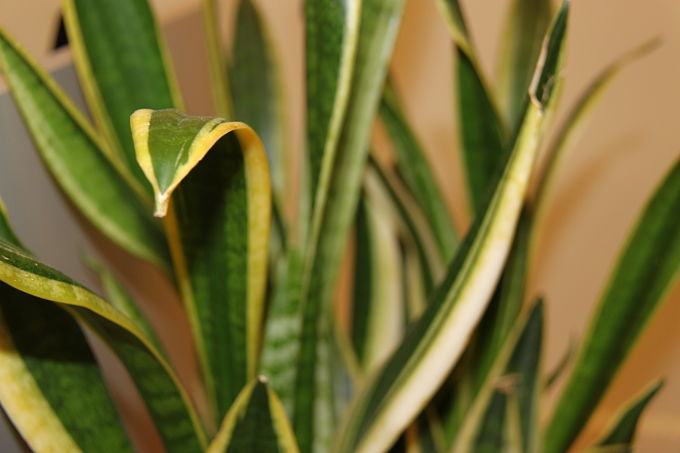“Plant” a Fresh Idea for Spring
By Robin Foroutan, MS, RDN
Spring is here! Time to throw open the windows, clear out the dust and make the home sparkle again. During this time of renewal and rebirth, we recommend cleaning out, then greening out your space!
“Greening” or sharing your space with live plants has been shown to have many benefits, including:
Improve mood and focus: Bringing nature indoors has been shown to improve mood, concentration and memory. The calming effect that plants have on us can create a more positive work and home environment. Flowering plants, in particular, have been shown to make people feel happier, less stressed and more relaxed.
Breathe cleaner, think clearer: We take in oxygen and breathe out carbon dioxide, while plants take in carbon dioxide and release oxygen, making plants and humans perfect partners. More oxygen in the air means better health and clearer thinking. Plus, plants remove toxins from the air, particularly volatile organic compounds (VOCs) including formaldehyde, benzene and trichloroethylene. VOCs are found in common household products, from carpeting, wall paint, pressed wood, upholstery, ink, cigarette smoke to grocery bags, and they become trapped in enclosed, indoor environments. The good news is that plants can remove up to 87 percent of circulating VOCs!
Better skin and fewer colds: In addition to oxygen, plants release moisture into the air like a living humidifier. Increasing the humidity in a room, particularly during colder months, can help stave off dry skin, colds, sore throats and even dry coughs.
Bringing the outdoors in can be a beautiful and therapeutic part of your spring greening ritual. Still developing your “green thumb?” Here are some easy-to-care-for houseplants:
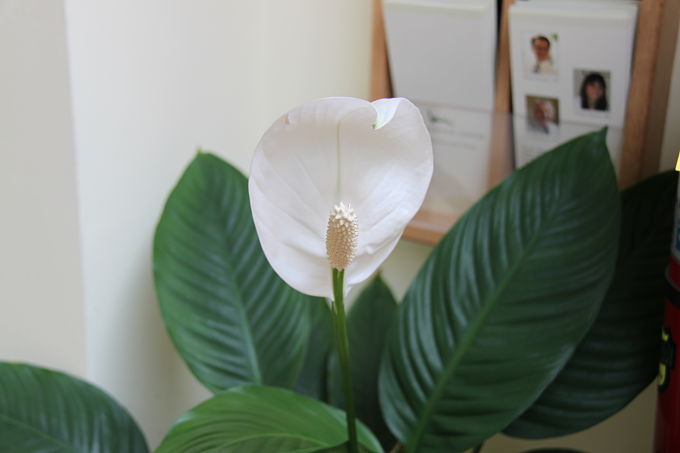
Peace Lily: You’ll notice this beautiful flowering plant right when you walk into The Morrison Center. It likes low light, making it a great addition to an otherwise dark corner. It’s also known for its ability to remove airborne mold and does well in a damp environment.
Snake plant: Often called “mother-in-law’s tongue,” this plant is among the easiest indoor plants to take care of and can be found in Dr. Moreno’s office. This plant will grow well in a wide range of lighting conditions, and is an air purifying superstar.
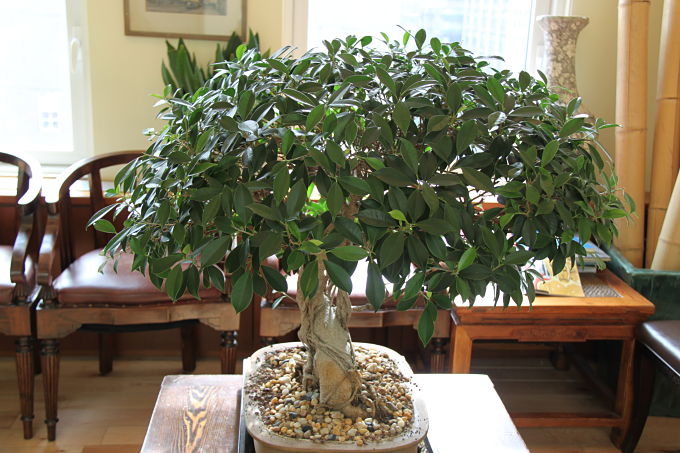
Ficus: A cheerful and easy-to-grow tree, the ficus tree likes full sun best. Check out the one in our waiting area for inspiration.
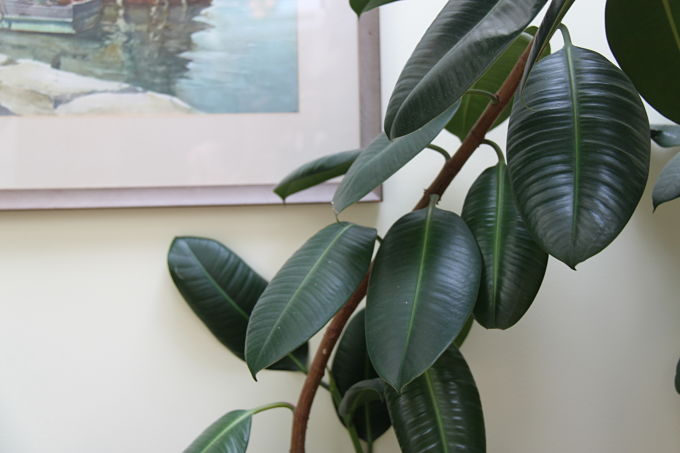
Rubber tree: For dramatic effect, consider a rubber tree, which you may have noticed just outside the IV rooms. This houseplant can grow up to eight feet tall, but can be pruned if you prefer a smaller plant. The large, shiny leaves do best with occasional dusting with a damp cloth and thrives in bright to medium sunlight.
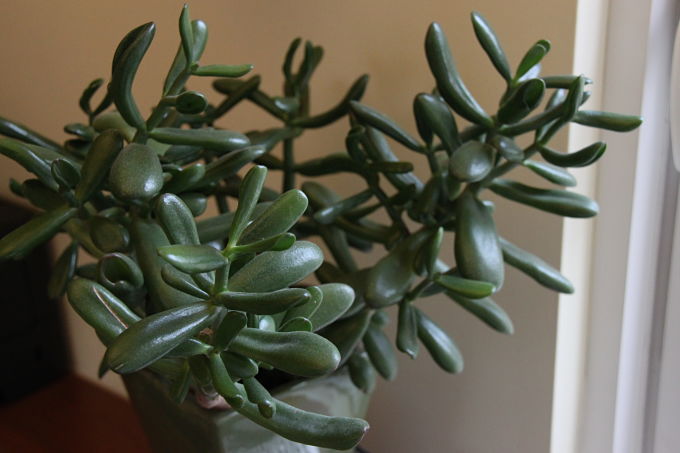
Jade: This easy going succulent grows slow and steady for decades! It prefers bright light and doesn’t need much water. You’ll notice jade plants in many of our offices, including Dr. Morrison’s and Hildy’s offices.
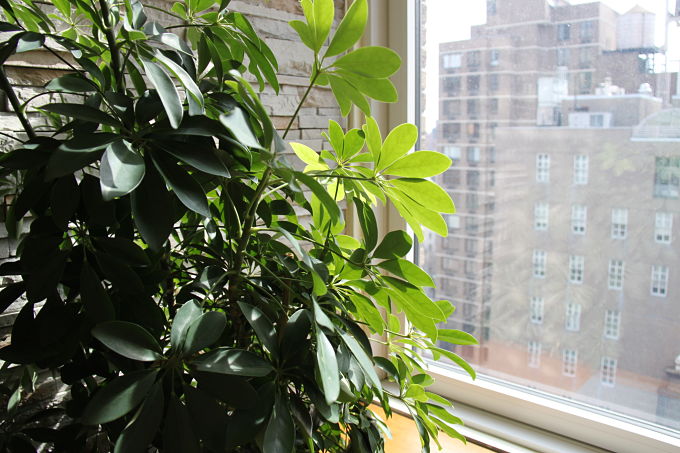
Schefflera: Sometimes called “umbrella tree,” is a hardy tropical plant with sturdy-looking, shiny oval leaves that could be mistaken for fake! These plants are known to purify airborne toxins like benzene, formaldehyde and toluene, which make it a great addition to any home or office. Schefflera are happiest in full sun or partial shade, and grow best when leaves are wiped down occasionally to keep them dust-free.
Bringing the great outdoors indoors is a great way to create a happier, healthier space. How many do you have at home and can you spot them in our offices?
Learn more ways to live clean with Dr. Morrison’s 10 Simple ways to improve your health today, or grab your own copy of his ultimate guide to cleansing your body and mind in his book: Cleanse Your Body, Clear Your Mind.
